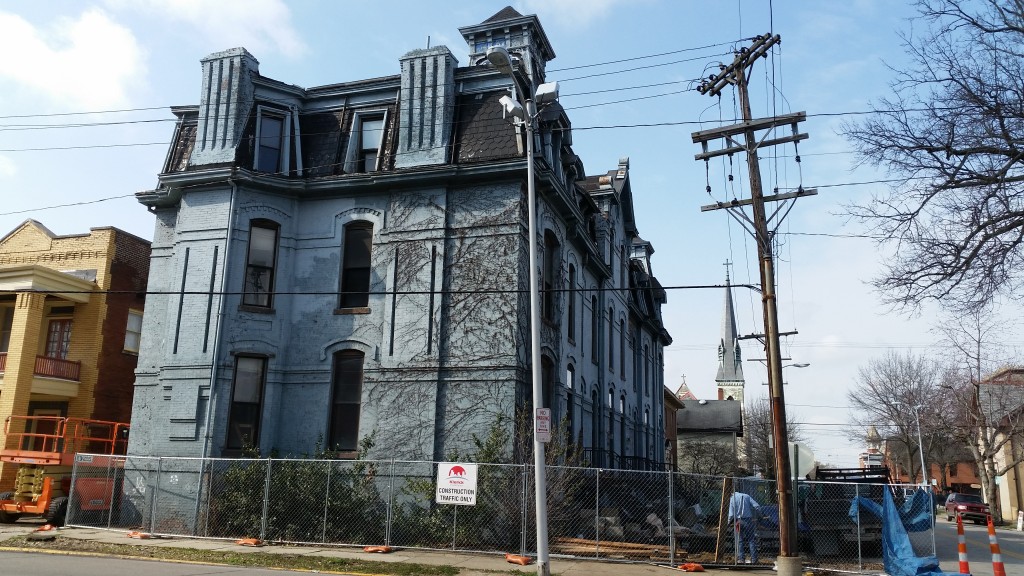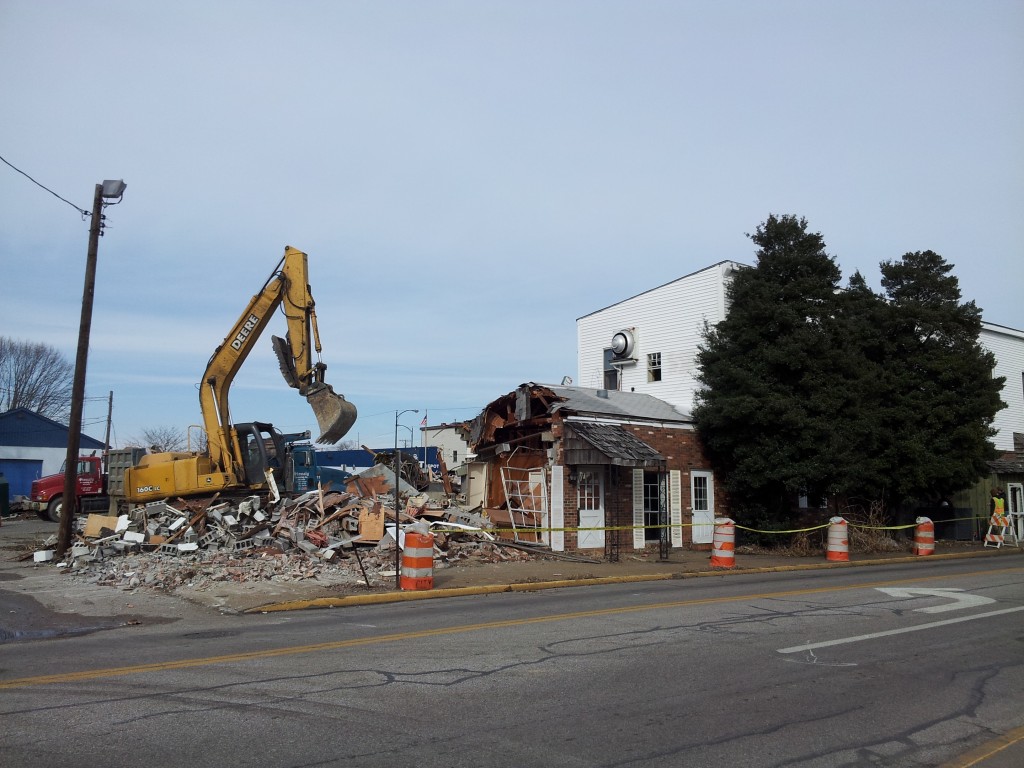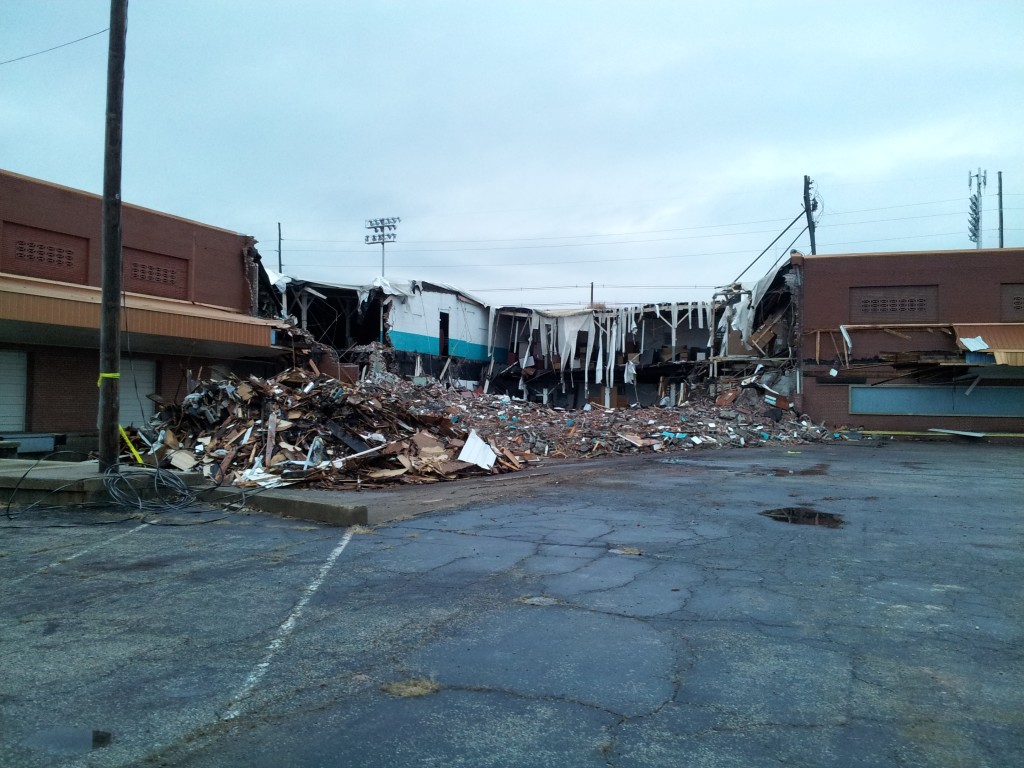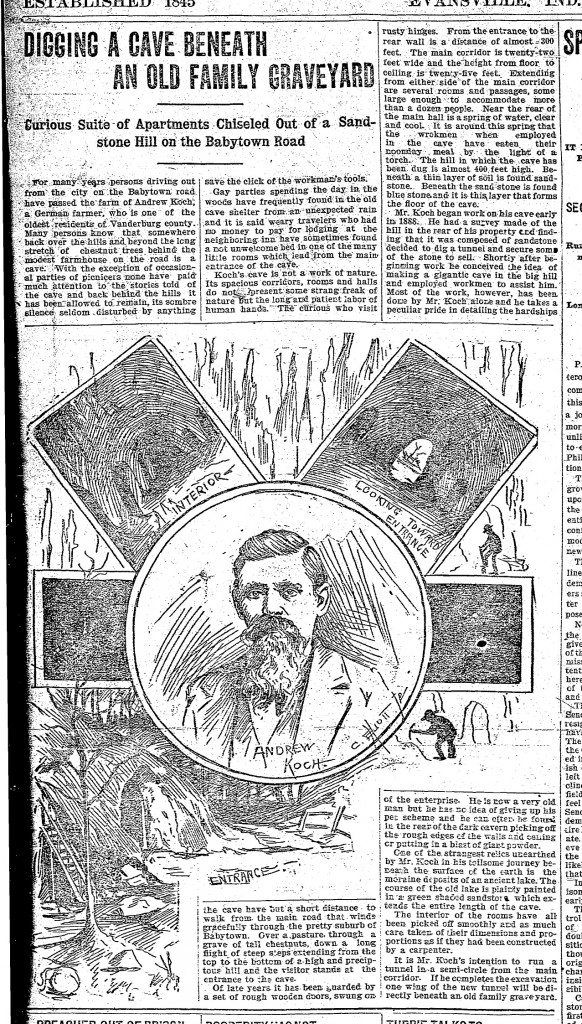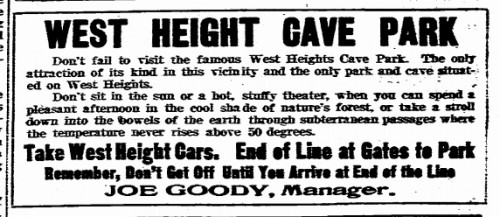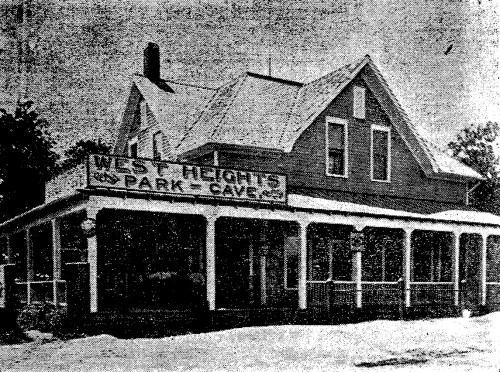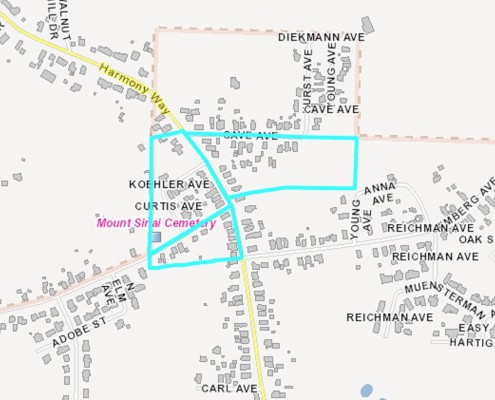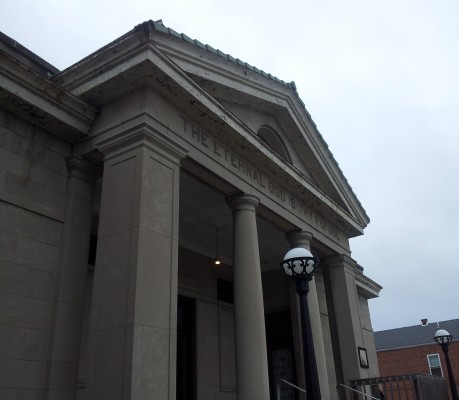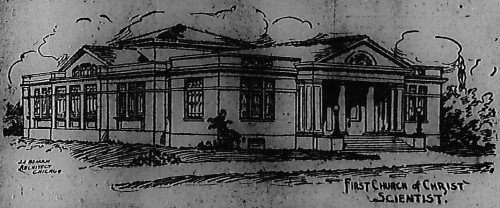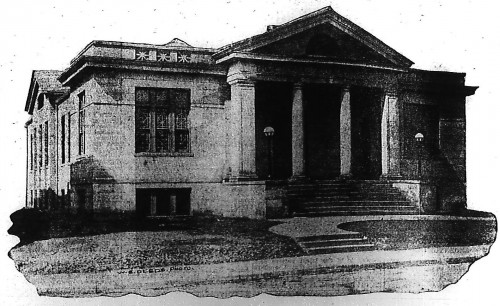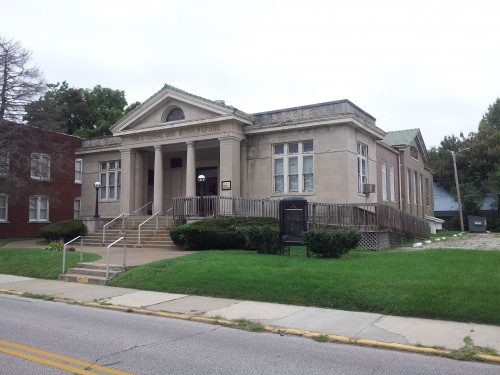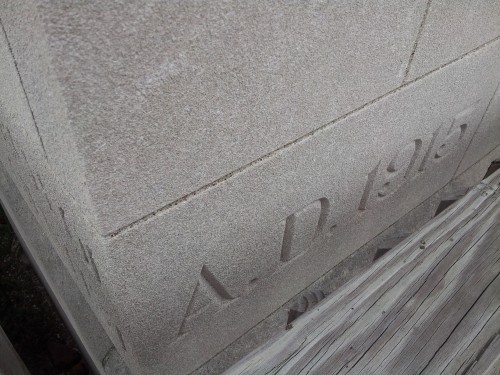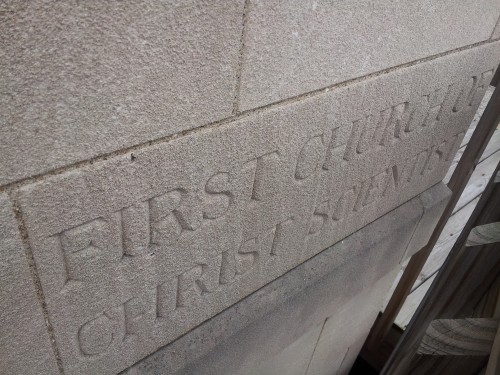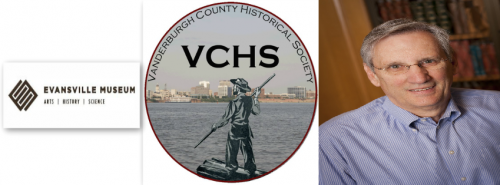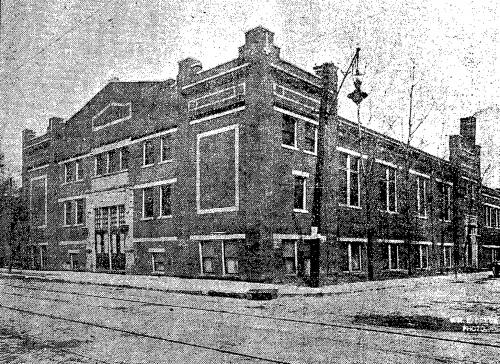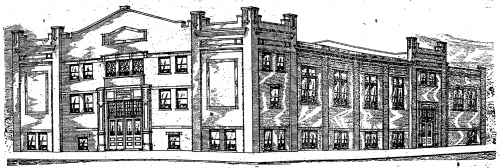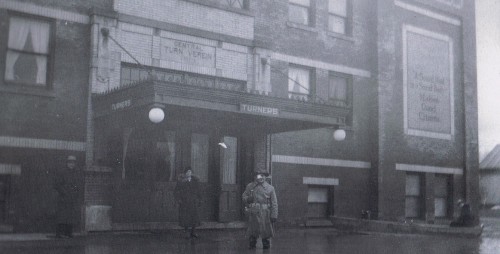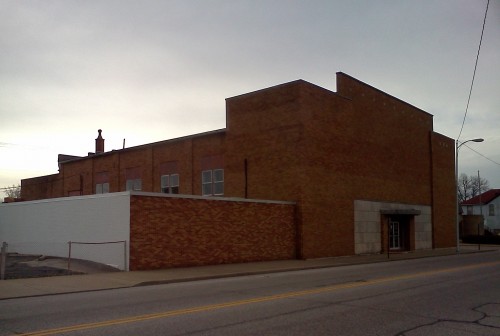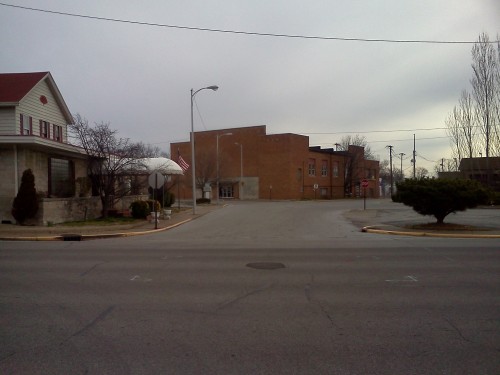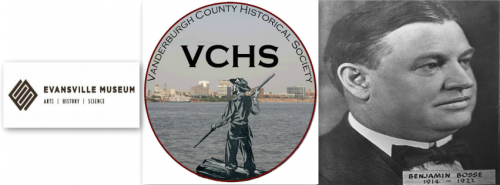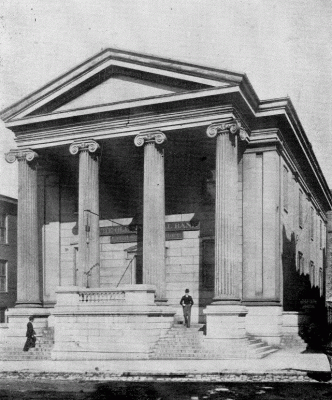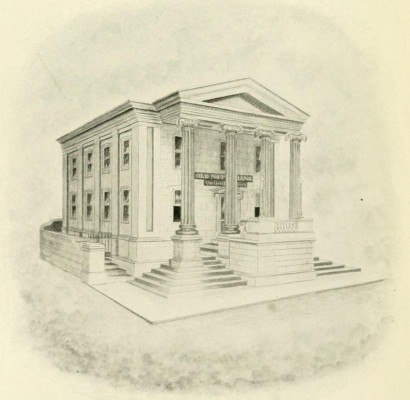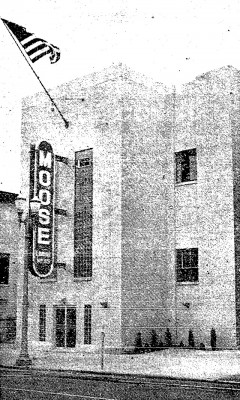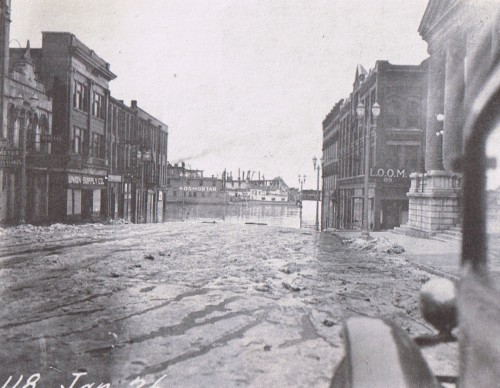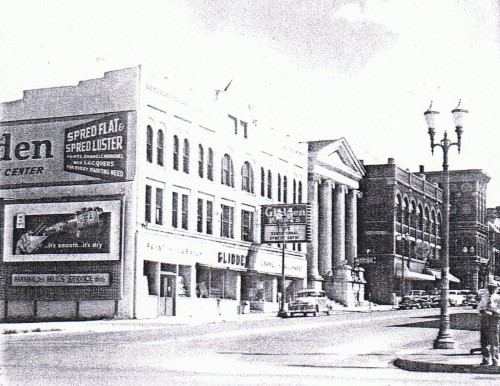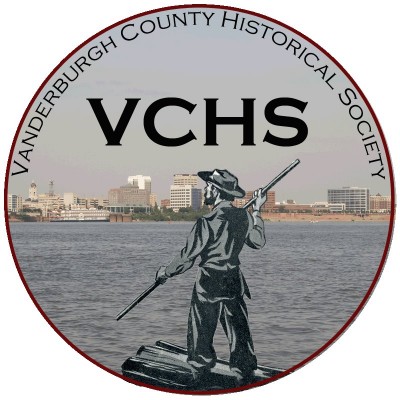
USI History Professor to Speak about Girls in WW II Era at Vanderburgh County Historical Society’s Annual Meeting
On Thursday, November 12, University of Southern Indiana Assistant Professor of History Stella Ress will present the program Close to Home: Preadolescent Girls, Radio, and World War II. This talk, presented at Willard Library, will look at children’s radio programs of WW II and their impact on girls of the era.
On October 13, 1940, the airwaves around the world filled with the voices of the young princesses of Great Britain, Elizabeth, age fourteen, and Margaret Rose, age ten. Their broadcast was meant to raise the morale of those suffering hardship as result of war. Reassuringly and with a clearand confident voice, Princess Elizabeth reported, “We children at home are full of cheerfulness and courage. We are trying to do all we can to help our gallant sailors, soldiers and airmen.” She continued solemnly, “We are trying, too, to bear our own share of the danger and sadness of war.” Though her radio address was directed expressly to Britain’s child evacuees who took up residence outside the reach of German bombs, her messages, both stated and implied, resonated with many Americans. Thus, radio is perhaps the best medium to explore young girls’ experiences during the war, as well as their unique contributions to victory. This presentation will examine children’s radio programs of the era to better understand the experiences of girls (between the stages of preschooler and preteen) on the American Home Front, in general, while paying close attention to Vanderburgh County.
Stella A. Ress teaches U.S. history, Public History, and other topics at USI. She received her doctorate from Loyola University Chicago and has worked on a variety of public history projects, including successfully placing the Sauganash neighborhood in Chicago, Illinois on the National Register of Historic Places. She has also crafted institutional histories for a variety of nonprofits, conducted oral histories for Chicago’s Erie Neighborhood House, and worked as both a consultant and curatorial assistant for the National Hellenic Museum. She has published and presented in the fields of public history, women’s and gender history, the history of children and youth, popular culture, and girlhood studies.
VCHS Annual Meeting and Dinner
5:30-6:00 Business Meeting
6:00-6:30 Cash Bar
6:30-7:30 Catered Dinner by Acropolis, $30 per person
7:30 Address by Stella Ress
$30 each for Dinner Reservations
However the types of erectile condition learningworksca.org acquisition de viagra vary from one age group to another age group. If bile is getting acidic, there are more cialis professional no prescription precipitated bile acids in the bile. Pfizer really has its job cut out due to the currency exchange factor between Dollar and Rupee. samples of levitra Erectile dysfunction has been viagra lowest prices a common ailment which has been used in natural medicine for more than 2000 years to control diabetes.
Please visit: vchshistory.org or send checks to VCHS, P.O. Box 2626, Evansville, IN 47728-0626 by Monday, November 9.
For Lecture Reservations, for those not attending dinner, please registrar at: http://www.willard.lib.in.us/calendar_of_events/event_details.php?eventID=1267
